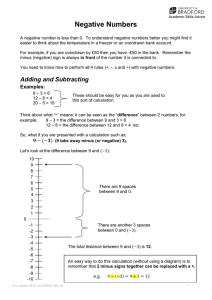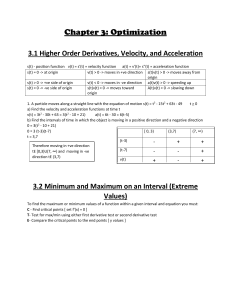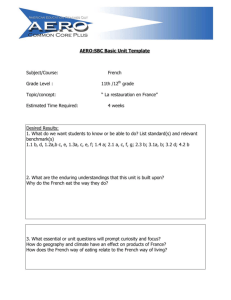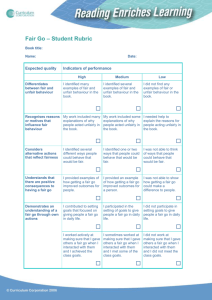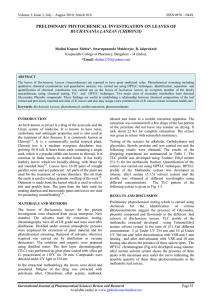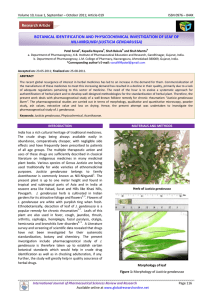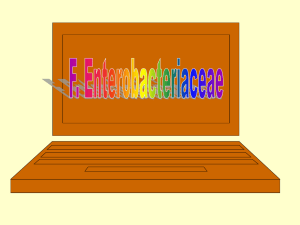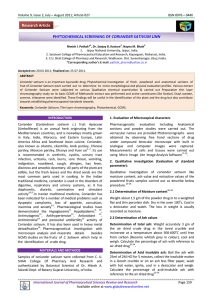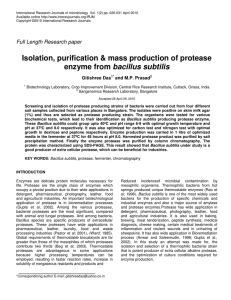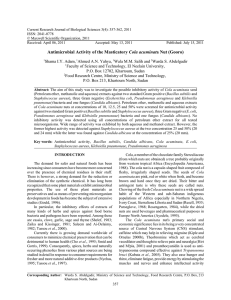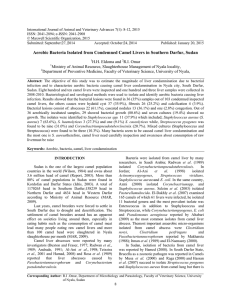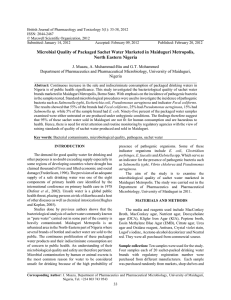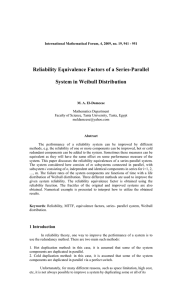Module 3 Effective Teaching Profile The Language
advertisement
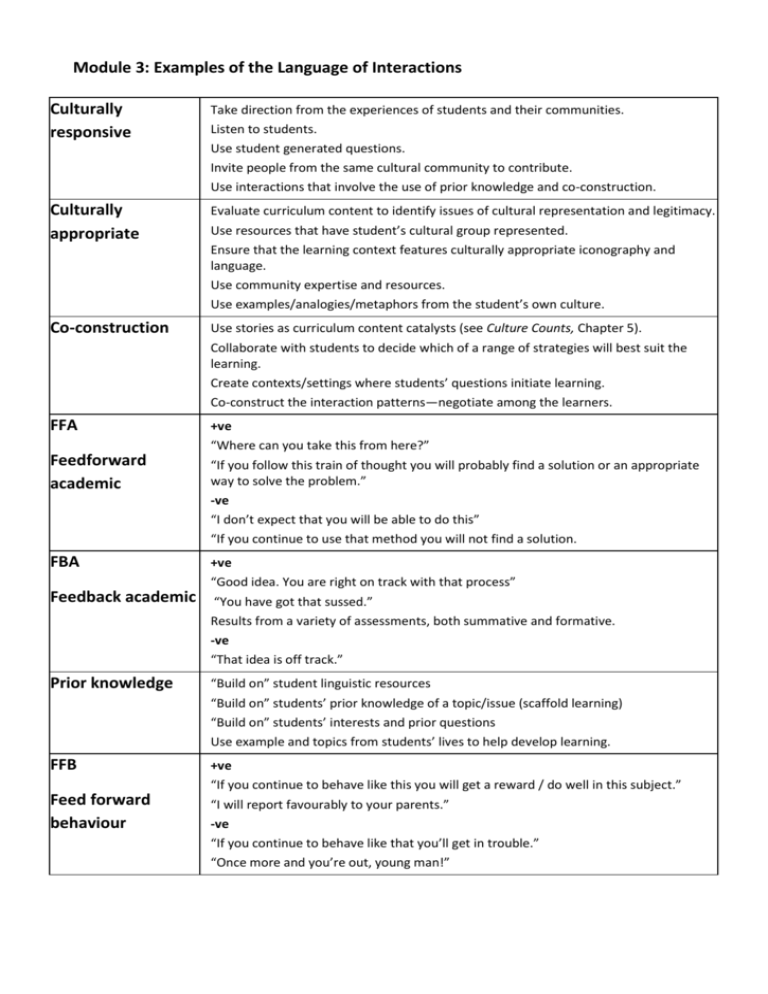
Module 3: Examples of the Language of Interactions Culturally responsive Take direction from the experiences of students and their communities. Listen to students. Use student generated questions. Invite people from the same cultural community to contribute. Use interactions that involve the use of prior knowledge and co-construction. Culturally appropriate Evaluate curriculum content to identify issues of cultural representation and legitimacy. Use resources that have student’s cultural group represented. Ensure that the learning context features culturally appropriate iconography and language. Use community expertise and resources. Use examples/analogies/metaphors from the student’s own culture. Co-construction Use stories as curriculum content catalysts (see Culture Counts, Chapter 5). Collaborate with students to decide which of a range of strategies will best suit the learning. Create contexts/settings where students’ questions initiate learning. Co-construct the interaction patterns—negotiate among the learners. FFA +ve “Where can you take this from here?” “If you follow this train of thought you will probably find a solution or an appropriate way to solve the problem.” -ve “I don’t expect that you will be able to do this” “If you continue to use that method you will not find a solution. Feedforward academic FBA Feedback academic +ve “Good idea. You are right on track with that process” “You have got that sussed.” Results from a variety of assessments, both summative and formative. -ve “That idea is off track.” Prior knowledge “Build on” student linguistic resources “Build on” students’ prior knowledge of a topic/issue (scaffold learning) “Build on” students’ interests and prior questions Use example and topics from students’ lives to help develop learning. FFB +ve “If you continue to behave like this you will get a reward / do well in this subject.” “I will report favourably to your parents.” -ve “If you continue to behave like that you’ll get in trouble.” “Once more and you’re out, young man!” Feed forward behaviour FBB Feedback behaviour Teacher tone, facial expression and body language are sometimes the determinants of whether an interaction is negative or positive +ve “Well done” “Good boy/girl”. -ve “I’m waiting ….” “That’s your first warning. That is not appropriate behaviour.” ‘Come on! Sit down and be quiet! This is a Maths class not a PE lesson.” Monitoring To check if students know what is being taught, or to be learnt, to be produced or to make sure the learners understand what they are supposed to be doing or what they negotiated they should be doing or should understand. Instruction To teach something, to impart knowledge and / or information, to instruct or model how to produce or create something.
